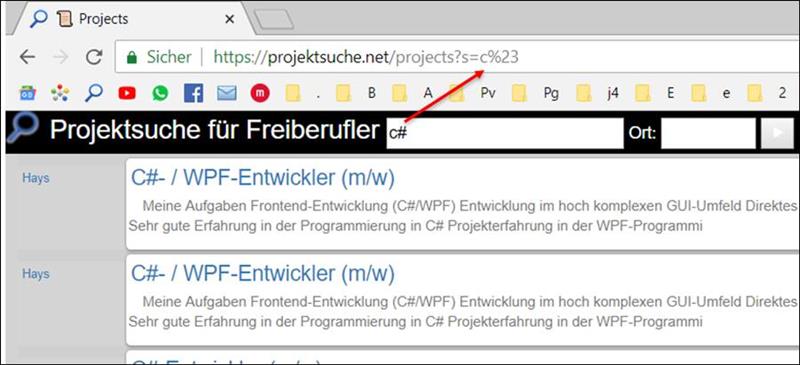
Click the 'URL Encode' button to see how the JavaScript function encodes the text. In JavaScript you can use the encodeURIComponent () function.

PHP has the rawurlencode () function, and ASP has the Server.URLEncode () function. In details, encodeURI() does not encode #$&*()=:/, ?+ and encodeURIComponent() does not encode -_.!~*'(), encoding all the other characters. In JavaScript, PHP, and ASP there are functions that can be used to URL encode a string. Those 2 methods differ in which characters they do encode. Here is the code for your reference-var decodedString decodeURIComponent( encodedString ).replace( /+/g, ' ' ) Here encodedString is the url encoded string received from PHP. To replace all the occurrences, use the regex version with g flag. Note: you might read about escape(), but that is deprecated and should not be used. Remember, simply using replace function sign will only replace the first occurrence in the string. The first is encodeURI(), and the second is encodeURIComponent(). Well organized and easy to understand Web building tutorials with lots of examples of how to use HTML, CSS, JavaScript, SQL, Python, PHP, Bootstrap, Java, XML and more. This tutorial will help you to encode your URL in react native, we know react-native javascript codebase and javascript provide two methods to encode URL encodeURI() and encodeURIComponent().ĭepending on what you need to do, there are 2 JavaScript functions that will help you. An URIError will be thrown if one attempts to encode a surrogate which is not part of a high-low pair, e.g., console.log(encodeURI('\uD800\uDFFF')) console.log(encodeURI('\uD800')) console.log(encodeURI('\uDFFF')) Copy to Clipboard.


 0 kommentar(er)
0 kommentar(er)
